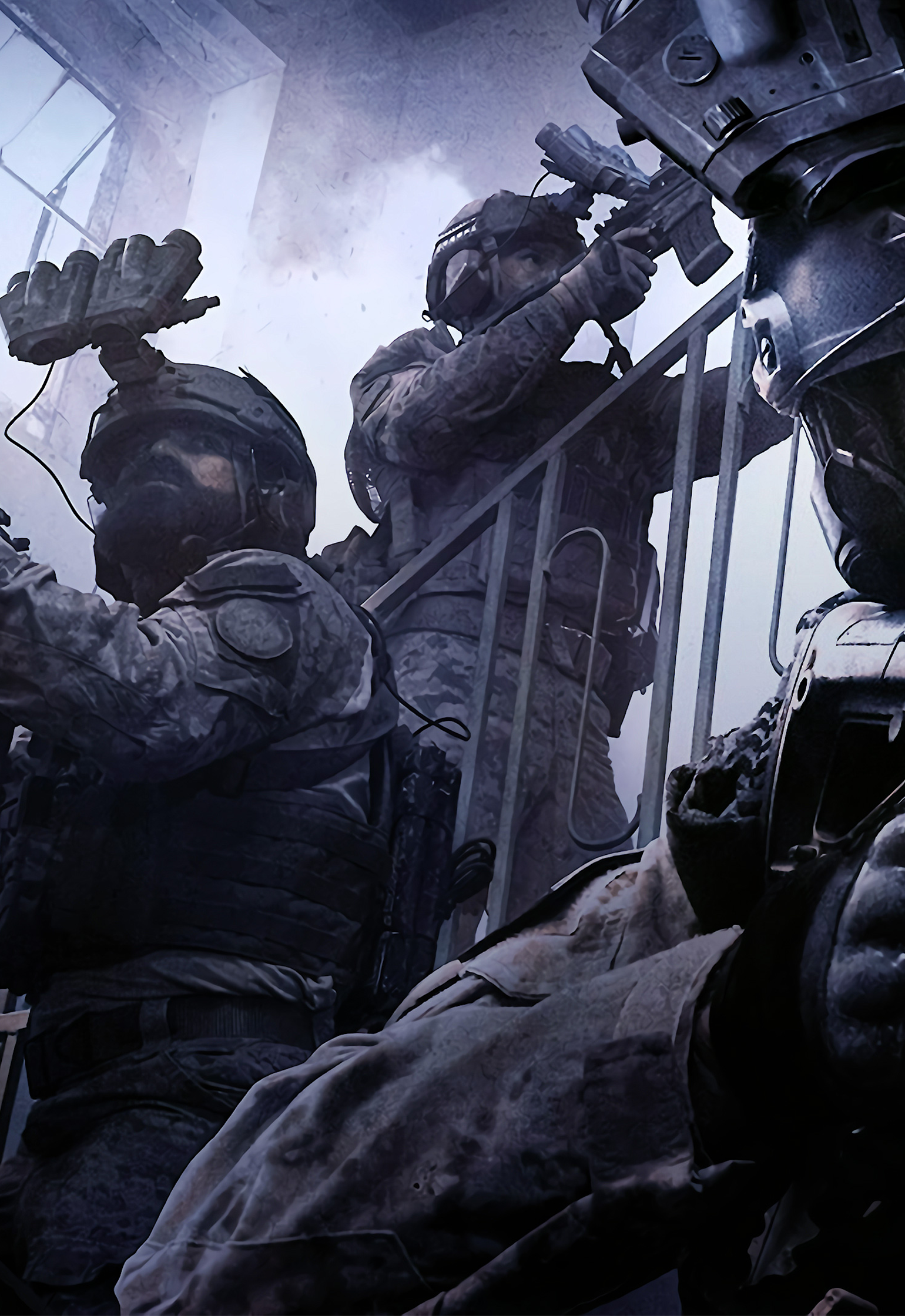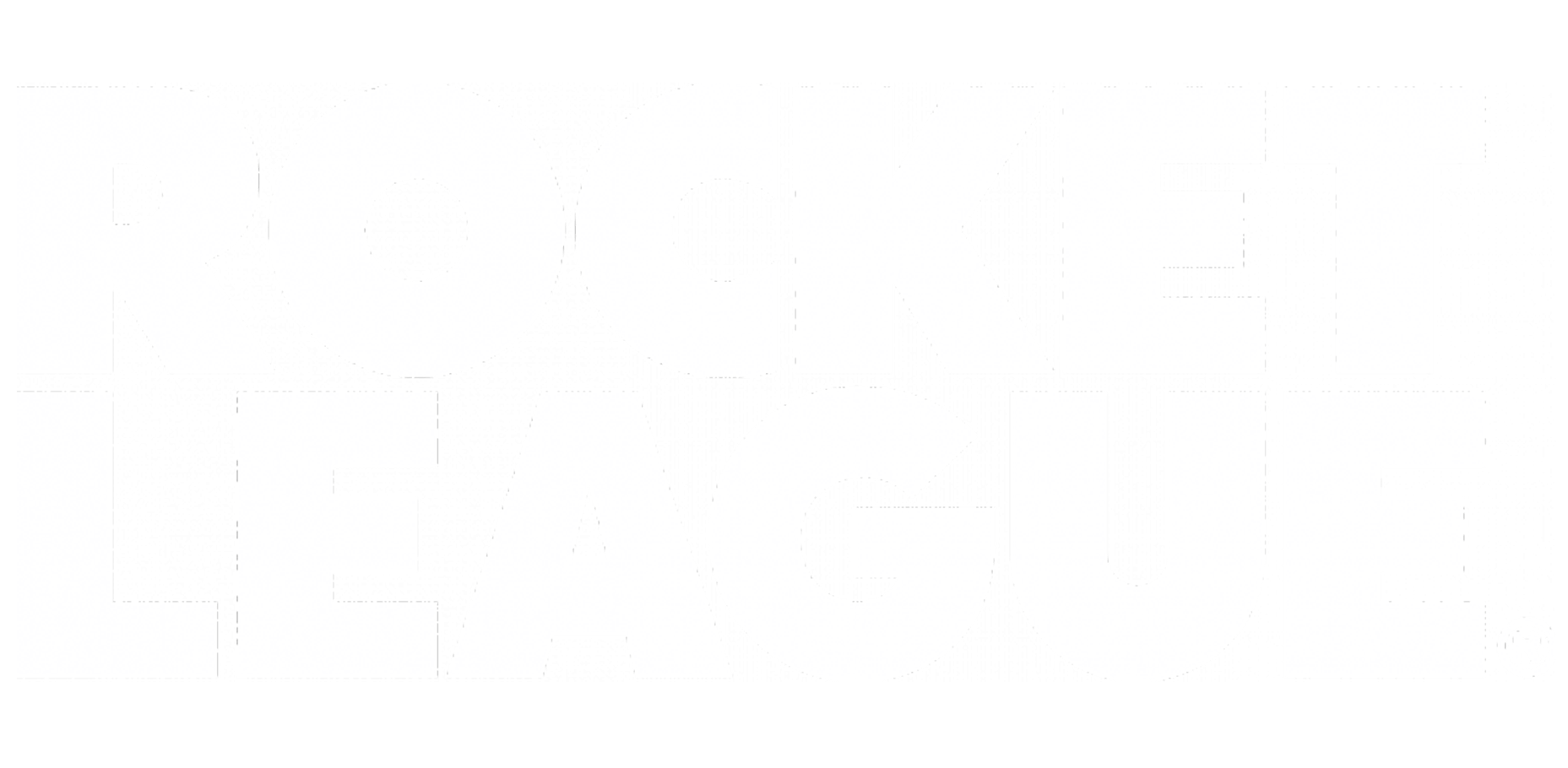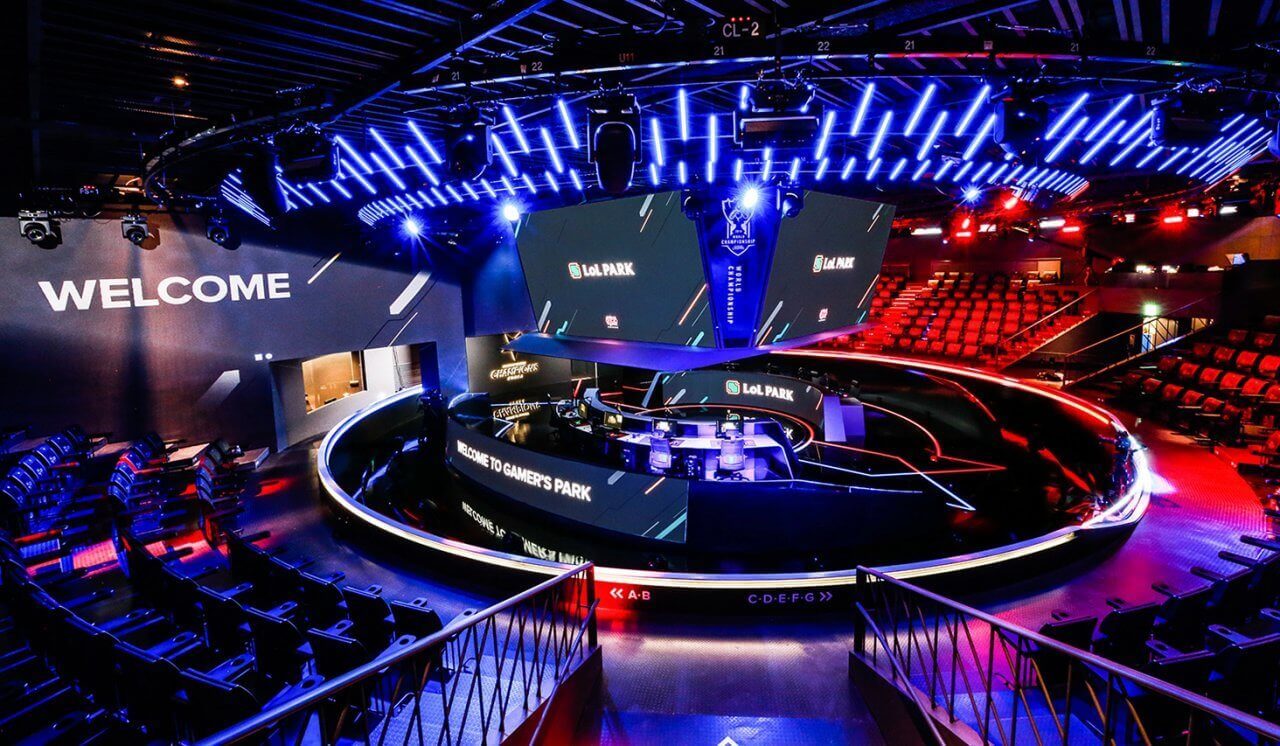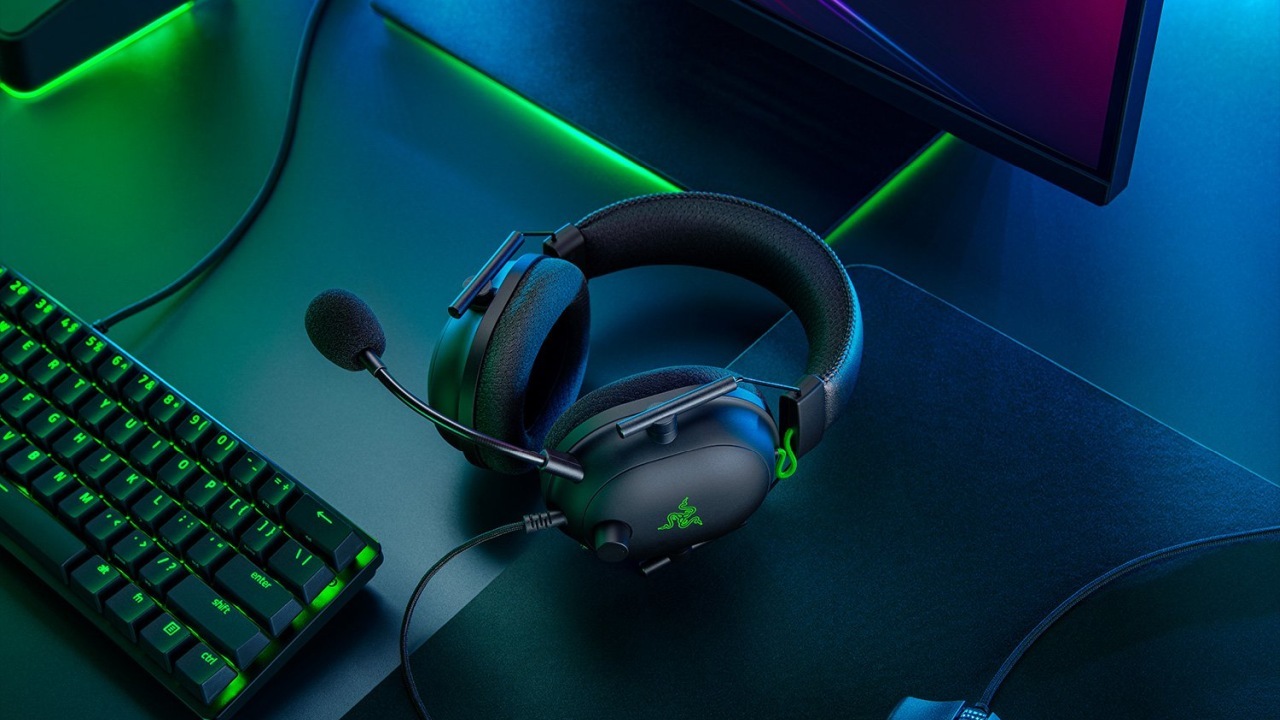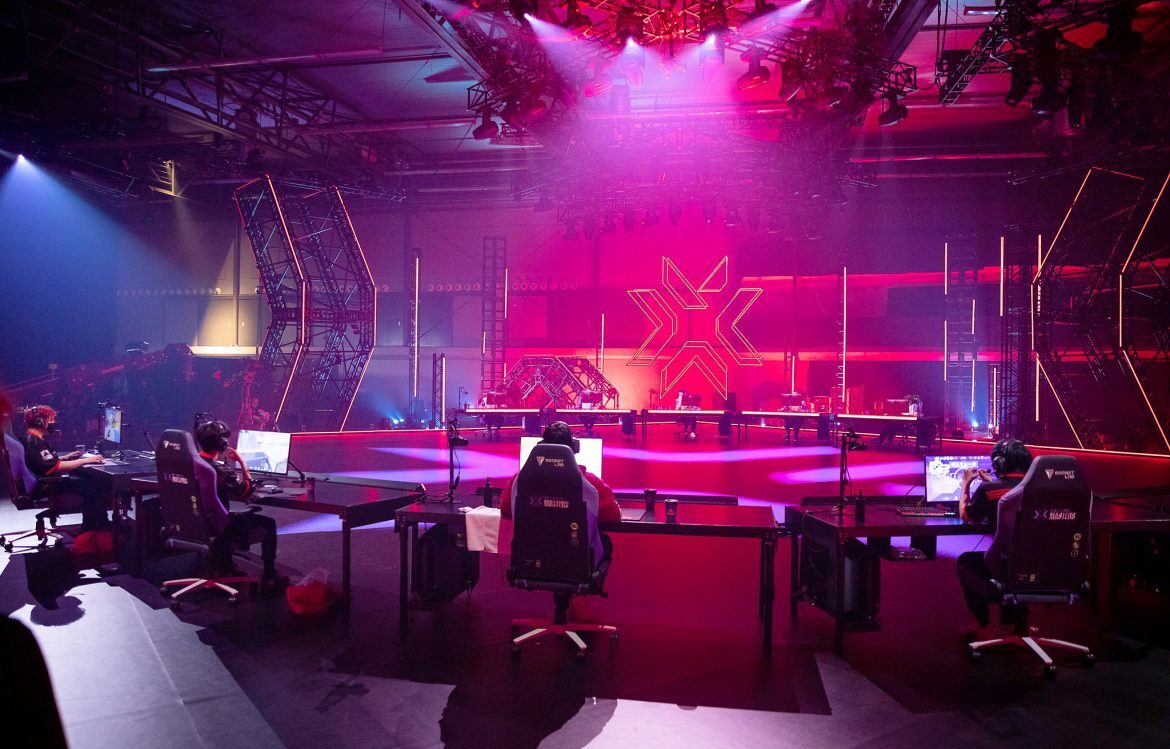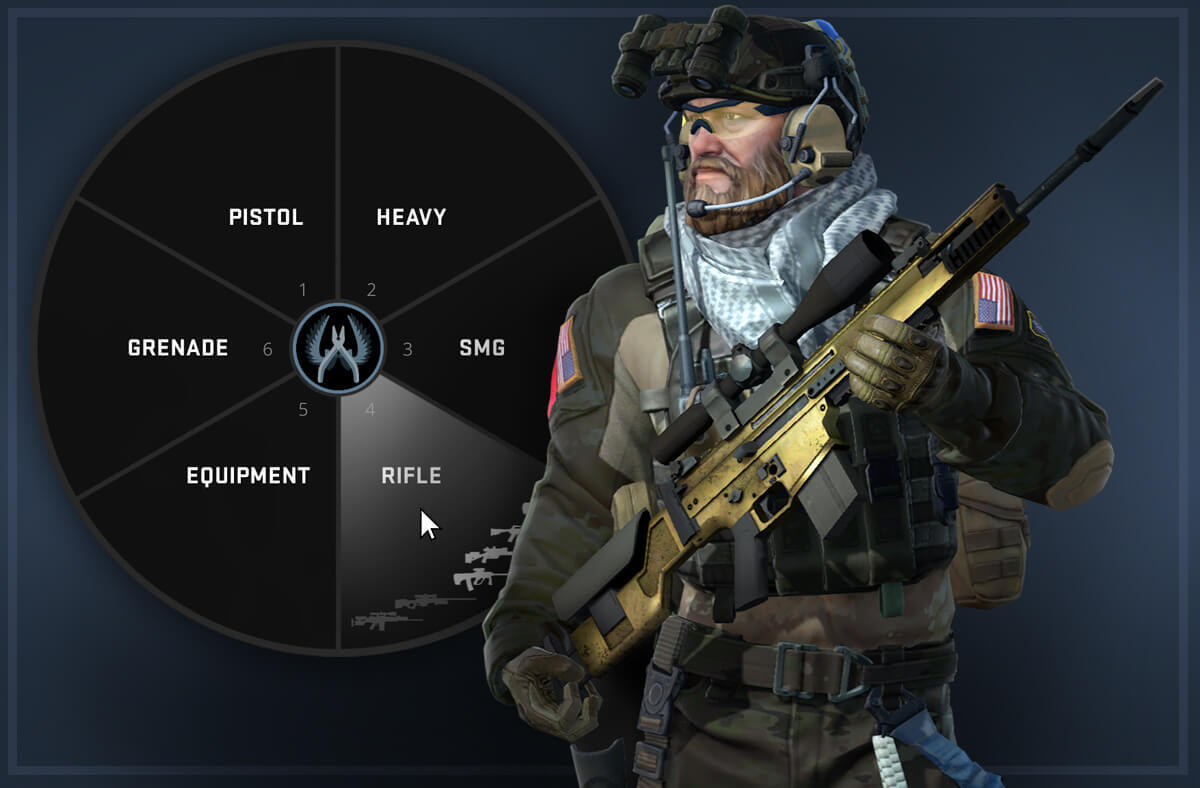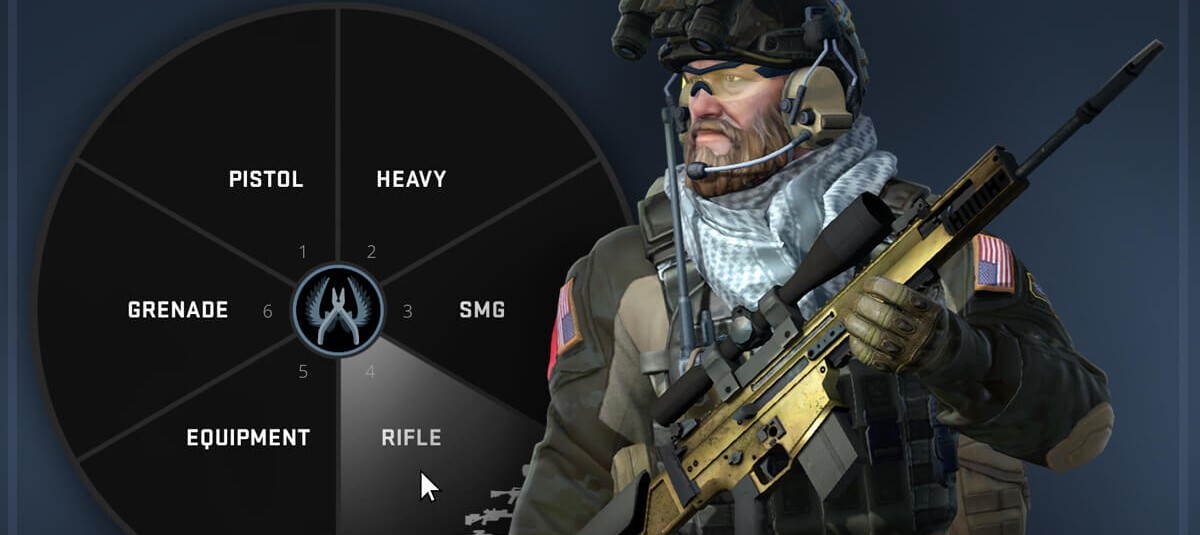
Tired of unbalanced buys that always result in defeat? Tired of being forced into a UMP in the 30th round? Tired of always being 200$ short of buying an AWP? Fear not, we are here to help you out!
Today, we'll go over the basics of the CS:GO economy and how to properly manage your funds in order to avoid the sticky situations mentioned above. CS:GO might be free to play but winning is far from being free.
How to earn money in CS:GO
Before you learn when and what to buy, you must be aware of how CS:GO dollars are earned. There are two ways to gather money in the game – by killing opponents and by winning... or losing rounds. Yep, you get a cash injection after every round, regardless of the outcome, which is nice.
Keep in mind, however, that unlike the winning bonus, which is around the same value, the losing bonus can vary a lot. Once you lose a round, a „loss counter“ starts ticking. The more rounds in a row you give up, the more money you get.
A CS:GO update imposed a significant change to the economy last year that should theoretically prevent long slumps by any team, because, you know, money is nice, but winning rounds is still the objective of the game.
Here is how the round bonuses work as of March 2020:
Round Win:
- Elimination of the opposing team - $3250
- Time runs out (CT only) - $3250
- Bomb detonation (T only) - $3500 (planter gets additional $300)
- Bomb defusal (CT only) - $3500 (defuser gets additional $300)
Round Loss:
Loss Count | $ |
1 | $1400 |
2 | $1900 |
3 | $2400 |
4 | $2900 |
5+ | $3400 |
Now, this chart has always been true – the smallest amount of money you can get is $1400, the most you can get from losing is $3400.
What changed, however, is that the loser of the pistol round's loss counter starts at $1900 instead of $1400. This means that if you lose a pistol round, you will be awarded $1900 and go from there. However, if you win a pistol round and then lose the next round, your loss counter will begin at $1400.
Another major change that was brought with the same CS:GO update is that previously the loss counter reset to $1400 immediately after a lost round. Nowadays, the economy is much more flexible with a +1/-1 system. What this means is that when you win a round after a losing streak and then lose one immediately after, you only go down the ladder one step, instead of starting over from $1400.
The second way to add numbers to your account is by killing enemy players. This graph is much simpler and all sums are fixed, unlike the round bonuses. It goes like this:
- Zeus – $0
- Grenade – $300
- Pistols (except CZ75) – $300
- CZ75 – $100
- Assault Rifles (except AWP) – $300
- AWP – $100
- Auto-Snipers – $300
- SMGs (except P90) – $600
- P90 – $300
- Shotguns – $900
- Knife – $1500
When and how to spend in CS:GO
Now that we know how to get the money, let's learn how to spend it. It's of the utmost importance to understand that just because you have the money, it doesn't mean you should spend it. The key in CS:GO economy is balance. Your entire squad should aim to have similar equipment for maximum efficiency.
For our convenience, CS:GO has a well-established buying system which includes these five key varieties:
- Full buy – there's enough money to go around and everyone is armed to the teeth.
- Full save (eco) – the complete opposite of a full buy, you save your funds and spend as little as possible, if at all.
- Half buy (anti-eco) – this buy is ideal for occasions when your opponents don't have enough cash. It includes SMGs and shotguns due to their lower prices and higher kill reward.
- Force buy – the use of this sort of buy went down considerably after the economy changes, but is still an available option. You don't have enough for a full buy but you must/want to win this round and you invest whatever's available in hopes of making something out of nothing.
- Light buy – a derivative of the force buy, the light buy is much tamer and is used in situations where you're just under what you need for a full buy. In that case, you invest just enough to have all you need next round should you lose this one.
To make the most out of your cash in competitive CS:GO, your team should always try and stick to one of these five established routes. Of course, there's always going to be a case here or there where your back's against the wall and you're forced into an unhealthy buy. You are forgiven for those, my son, as long as you keep your economy on the path of light. No glass canon when your teammates have $2000 in the bank, ok?







